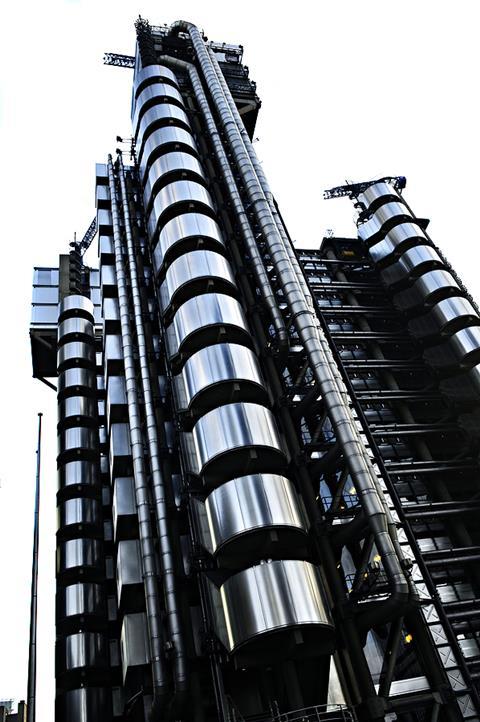A statement from Lloyd’s confirms phase two of its digital transformation plan is being pushed back from October 2024 to April 2025 after a request from the LMA’s board.
Lloyd’s and its partner Velonetic have agreed to push back the implementation of the market’s Blueprint Two digital transformation project, after a request from the Lloyd’s Market Association (LMA) board.

The launch date of phase two Blueprint Two digital services, which includes the so-called digital gateway, has been postponed to April 2025.
“As set out earlier this year, the Blueprint Two digitalisation programme will be delivered in two phases, with phase one going live in a single market cutover on 1 July 2024,” said Lloyd’s.
“Phase two services were planned to go live in October 2024 and will now move to April 2025, in order to respond to the LMA request, and importantly to focus all market participants on the need to successfully cutover on 1 July 2024,” the statement from Lloyd’s continued.
The LMA represents the interests of the 51 Lloyd’s managing agencies responsible for running the market’s underwriting syndicates.
Lloyd’s suggested the problem was not with the technology itself.
“The technology build being delivered by Velonetic, in partnership with DXC Technology, the IUA and Lloyd’s, is firmly on schedule. Moving the launch of phase two has been driven by feedback from Lloyd’s managing agents and is supported by the LMA,” Lloyd’s said.
The delay would provide market participants with an additional six months to prepare for successful adoption of phase two and to focus on a successful cutover of phase one, according to the re/insurance market.
“With the cutover of phase one on 1 July 2024, the market can take confidence having processed two quarters of data through the new digital solutions before continuing their journey in adoption of phase two services,” the statement said.
“Delivering the new technology is vital to our ambition of creating a digital marketplace, transitioning all market participants from a 30+ year-old mainframe system to a cloud-based, resilient platform that is fit for the future,” Lloyd’s added.










No comments yet